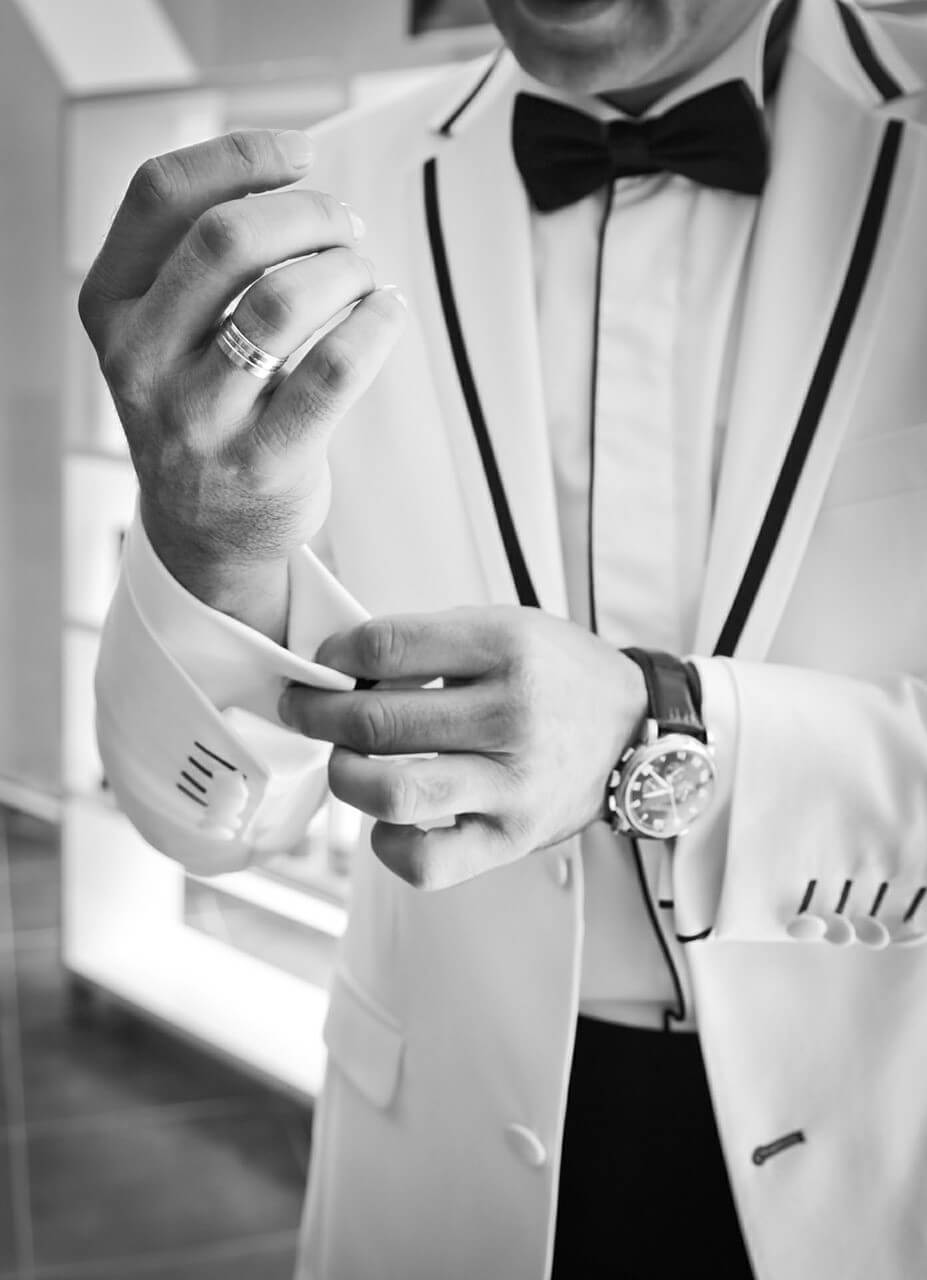As you step into the courtroom, you’ll want to put your best foot forward. Your appearance strikes an immediate impression and people are constantly looking you up and down as you move through the room.
A striking appearance can help you build an appearance of authority and your shoes are usually the first thing noticed.
When you’re out shopping for the best shoes for lawyers, here’s a few things to keep in mind.
Tips For Lawyers Shopping for Shoes
If you’re reading this, you’re may be in need of advice to shop for the perfect lawyer shoes. To get things started, depending on price to determine the quality of a shoe is not a smart option. Many designer brands, like Prada or Gucci, depend on their brand reputation to make a sale. While they may offer well-constructed shoes, the overall quality may not be suitable for you.
When you are taking a look at the lower-end of shoe prices, quality can vary significantly. To help you with your shoe shopping, here are a few guidelines to follow:
- Soles: having real, genuine leather on the bottom of your shoe can improve longevity and comfort. When you’re browsing through high-cost shoes, be sure to check the material the sole is made of. Sometimes, shoe companies will use a synthetic leather or create a rubber material that seems like leather. These lower quality materials don’t last as long.
- Stitching: don’t be fooled. There is a difference between how low-cost shoes and high-cost shoes are bound together. Shoes at a high price point will be delicately stitched together and often use a detailed pattern that is striking and aesthetic. Lower priced shoes tend to have each piece glued together with an illusion of stitching. This can lead to your shoes falling to pieces before the end of their first year.
- Details: in the lower priced shoe range, you’ll find many shoe companies attempting to mask the markings of high-priced shoes. Instead of hand detailed designs in genuine leather shoes, you’ll find factory machine presses which may have details and miss prints in the final design. A common method of faking design is through injection molding which reduces the appeal of a shoe, especially for lawyers.
- Leather Quality: avoid cheap leather shoes. It can be tempting for a lawyer to pick a cheap pair of shoes, especially if you’re on a tight budget. However, the factories in China producing many of the shoes being sold today are using cheap scraps of leather and gluing them together to produce high yields. In addition, these shoes will use lower quality, harder leather that will likely be stained to cover any imperfections. Over time, this kind of leather will crease and the imperfections will begin to shine through. Quality leather is often soft and develops a beautiful patina as it ages.
Universal Style
You don’t need a closet full of shoes to be a well-dressed lawyer. Keeping a simple, clean, yet classic appearance is all you need when heading to the office. To achieve that, all you need is black.
Black shoes are a universal standard when it comes to matching your suits to your footwear. It goes with everything and you won’t ever have to worry whether your new suit jacket, whether it is navy, charcoal, or black, will match your shoes.
One thing to keep in mind is that black won’t work with bright colored outfits. However, you are likely not going to be wearing a bright blue jacket into the courtrooms.
Because black shoes are the norm in the business world, it will be easy to find a pair of shoes that fits your budget.
5 Recommended Shoes for Lawyers
If you’re not sure which brands or styles you like, here are five recommendations to guide your shoe shopping.
Paul Evans Brando Semi-Brogue Oxford
While coming in at a high price, the Brando Semi-Brogue Oxford by Paul Evans offers a professional looking shoe for lawyers. It has a classic style with upper lacing and full-grain Italian leather. The Brogue pattern ingrained in the letter is what makes these shoes shine.
Florsheim Castellano Wingtip
The Chicago based company designing these shoes have been around since 1892. Not only do they offer a beautifully crafted for but it also comes at a fair price. If you’re looking for something with a little more elegance, this is the shoe you want.
 Plain Toe Derbys by Dquared2
Plain Toe Derbys by Dquared2
Here’s a simple yet powerful black shoe lawyers can wear in any situation. The Plain Toe Derbys by Dsquared2 is made with genuine black leather and use a simple lace style to tie it all together.
 To Boot New York Finn Chelsea Boots
To Boot New York Finn Chelsea Boots
These professional looking leather boots are great for a lawyer on the go. The leather has a burnished finish with a soft calfskin upper. This shoe delivers confidence in any suit your wear.
Allen Edmonds Verona II Italian Loafer
If you’re looking for something more comfortable and relaxed, having a pair of loafers is a great alternative style of shoe for lawyers. The Allen Edwards Verona II features calfskin Italian leather and silver accessories to accentuate the style.




 Plain Toe Derbys by Dquared2
Plain Toe Derbys by Dquared2 To Boot New York Finn Chelsea Boots
To Boot New York Finn Chelsea Boots


























